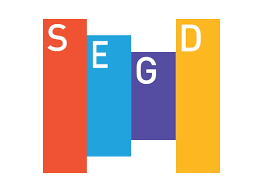ARCHIVE: Category Archive for: Design/Build
Complying with the Americans with Disabilities Act
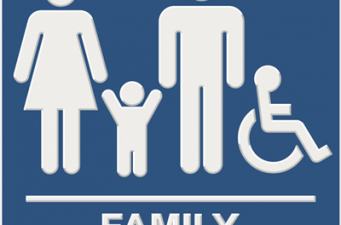
The Americans with Disabilities Act (ADA), which first became the law of the land in 1991, has made incalculable improvements in the lives of countless people. More recently revised in 2010 and made mandatory as of March 15, 2012 for virtually all new construction and renovations, the ADA has resulted in a system of “best practices” that make it possible for disabled persons to access and enjoy an extremely wide range of public and private built environments. Many people think the ADA just requires Braille on certain signs, but it’s considerably more comprehensive than that. Compliance can impact a great many of your project’s signage (and design/construction) specifications. Unfortunately, the ADA’s requirements are sometimes ambiguous. That’s one reason Metro Sign
Secrets of Pylon Signage
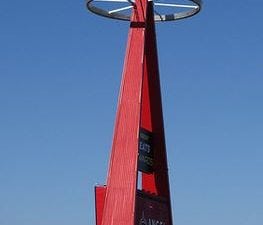
It’s hard to drive or walk far in today’s built-up areas without encountering a pylon sign, sometimes called a pole sign or a roadside sign. As the name implies, this is single- or double-sided signage supported above ground level on some kind of slim vertical support. Along highways, pylon signage can tower 200 feet or even higher. In urban areas, they’re likely to top out at 30 feet or so, the better to be visible to foot traffic and to link the sign’s messaging more closely to a particular piece of real estate. The pylon sign itself usually consists of an illuminated sign cabinet supported by one or two unembellished poles, which may be square, round, or of an interesting
How Many Kinds of Signs Can You Name?
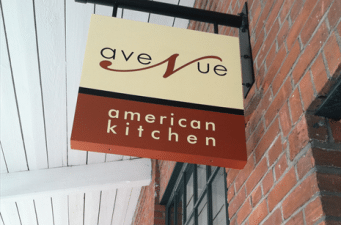
How Many Kinds of Signs Can You Name? There are more than 206 bones in the human body, each one with its own name, from cranial bones to vertebrae, and from the vomer to the clavicle. That’s more bones than types of signage, but our industry nevertheless can marshal quite a line-up of different ways to convey messages to people. How many different types of signs can you name? Below are some photos, with a link that lets you see what that type of sign is called. Sign Type 1: This high-profile sign is the kind you’ll see outside many developments, such as shopping centers, highway service establishments, or multi-tenant commercial parks. Depending on circumstances and visual
Inside Metro Signs – Corey Fisher, Partner, V.P. Operations

With a degree in Mechanical Engineering from Worcester Polytechnic Institute (WPI), Corey Fisher is a man who knows how to make things. He enjoys the challenges that come with the signage industry and takes pride in the products he helps create. Corey first started with Metro Sign and Awning about 10 years ago as a technician, a role which soon developed into an estimating position. About a year later, an opportunity arose for Corey to join in partnership with the existing owners: Brian Chipman and Tom Dunn. “Throughout school, I was always interested in CAD design and CNC machining, which just so happens to have many applications within the signage industry today,” says Corey, “so I asked Brian and Tom
Working With General Contractors – Our Safety Program
It’s a little bit too technical for the kind of blog this is primarily intended to be, but for a long time we have wanted to write up something about the extensive efforts we make to keep ourselves qualified for work with General Contractors. As you may know, GCs on major construction projects are subject to a wide range of standards and specifications that control not only how they operate, but how the subcontractors they hire (that would be us!) must also operate. If we don’t conform to their high standards, GCs simply cannot trust us with any work. So we here at Metro Sign and Awning spend a considerable amount of time, effort, and resources making sure we’re qualified
Helping You Find Your Way Around
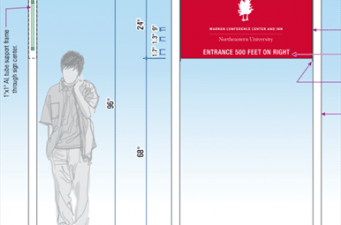
If you’d watched us work for the past couple of weeks, you might’ve thought we were going around in circles. And in a way, you’d be right. We’ve been working on another large wayfinding signage project, and the number of details outnumber the number of signs by about a thousandfold. We’re not complaining, or bragging – that’s just the way wayfinding projects (and most others, really) seem to go. If you’d like to see a few of the details and understand some of the principles behind a wayfinding signage project, the AIA (American Institute of Architects) created an overview document a few years ago, which is now freely available. If you have questions about wayfinding signage or would like to
Inside Metro Signs – Jamie Potvin, Designer

For Jamie Potvin, the process starts when information about a new project begins to trickle in through one of the sales team members. Over the next days and weeks, she steeps herself in the client’s history and strategy, various signage suggestions, client and team requests, and specific requirements, as well as any graphic elements such as client logos that are already available. She also likes to look at comparable signage of the same size and classifications that’s already “out there” in the community. Then she dives into the design process. With more than fifteen years of experience, Jamie likes to start a project by working on some “looks”: rough sketches and simplified renderings of the new sign’s essentials. She’s usually
Getting Permits for Business Signs
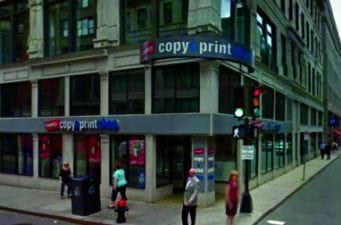
Pretty much any sign you can think of, we can make for you. But that doesn’t mean you can get government approval to place that sign where you want it. In fact, the process of getting approval for business signage is a lot more complex than you probably imagine. It involves dealing with many different departments, agencies, and governments – depending on where you plan to place the sign – and it also involves meeting a myriad of specific limits, requirements, and standards that may or may not seem entirely sensible to you. In Boston, just to begin somewhere, the approval process requires that we submit an application to the Boston Redevelopment Authority for what they call their Comprehensive Sign
How Much Does a Sign Cost? Return on Sign Investment Calculator Has the Answer
That big sign outside your door – it’s more than just a nameplate for your business. It’s even more than a landmark for local citizens giving directions, or an iconic image of your business. It’s an investment – pure and simple. And like all investments, it produces a return … a return that smart business owners and managers naturally want to be able to quantify. Until now, however, calculating the return on signage investments was rarely attempted, and difficult to complete. That’s no longer true. As of right now, calculating the return on your signage investment has become a piece of cake. That’s because we’ve built and made publicly available our proprietary Return on Signage Investment Calculator at How-Much-Does-A-Sign-cost.com. To
53 State Street, Part 2: Sign Up! (Installation)
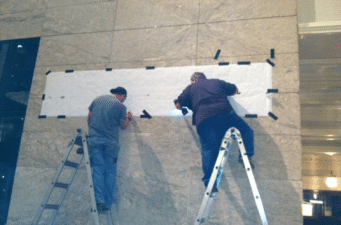
Metro Sign & Awning was pleased to partner with Lincoln Property Company, Shawmut Construction, and CBT Architects on the stately revitalization project at 53 State Street in Boston. The first part of the story can be found in a previous post. The Right Signs, Right on Time – 53 State Street, Part 2 The exterior signage installation at 53 State Street was involved, as the wiring of each letter had to be inserted through the panels, and our installers couldn’t be sure what was behind the panels until they started the job. Section details of drawings provided don’t always match “in field” conditions. (Otherwise known as life in the real world!) Our partners know they can rely on us, whatever
Categories
- ADA
- Architectural Signage
- Awnings and Canopies
- Branding
- Colleges and Universities
- Community
- COVID-19
- Curated Content
- Customer Spotlight
- Customers
- Deep
- Design/Build
- Digest
- Digital Signage
- Eco-Signage
- Electronic Message Centers (EMC)
- Enclosures
- Exterior Signage
- Fabrication
- Freestanding Signs
- Fun
- Functional Signage
- Green
- How Much Does a Sign Cost
- Industries
- Inside Metro
- Interior Signage
- Legacy
- Legacy-EA 2.0
- Metro Sign
- Metro Sign & Awning
- New England Signs
- Newsletters
- Original Posts
- Others
- Partners-Developers-Contractors
- Professional Signage Installation
- Publications
- Residential Signage
- Sign Design
- Sign Renovation
- Sign Types
- Sign Warranty
- Signage Regulations
- Signage ROI
- Signage Tips
- Vehicle Wrap
- Wayfinding
- Window and Door Graphics
Recent Posts
Tags
Copyright 2022 MetroSign and Awning, All rights reserved | Privacy Statement | Terms of Use
